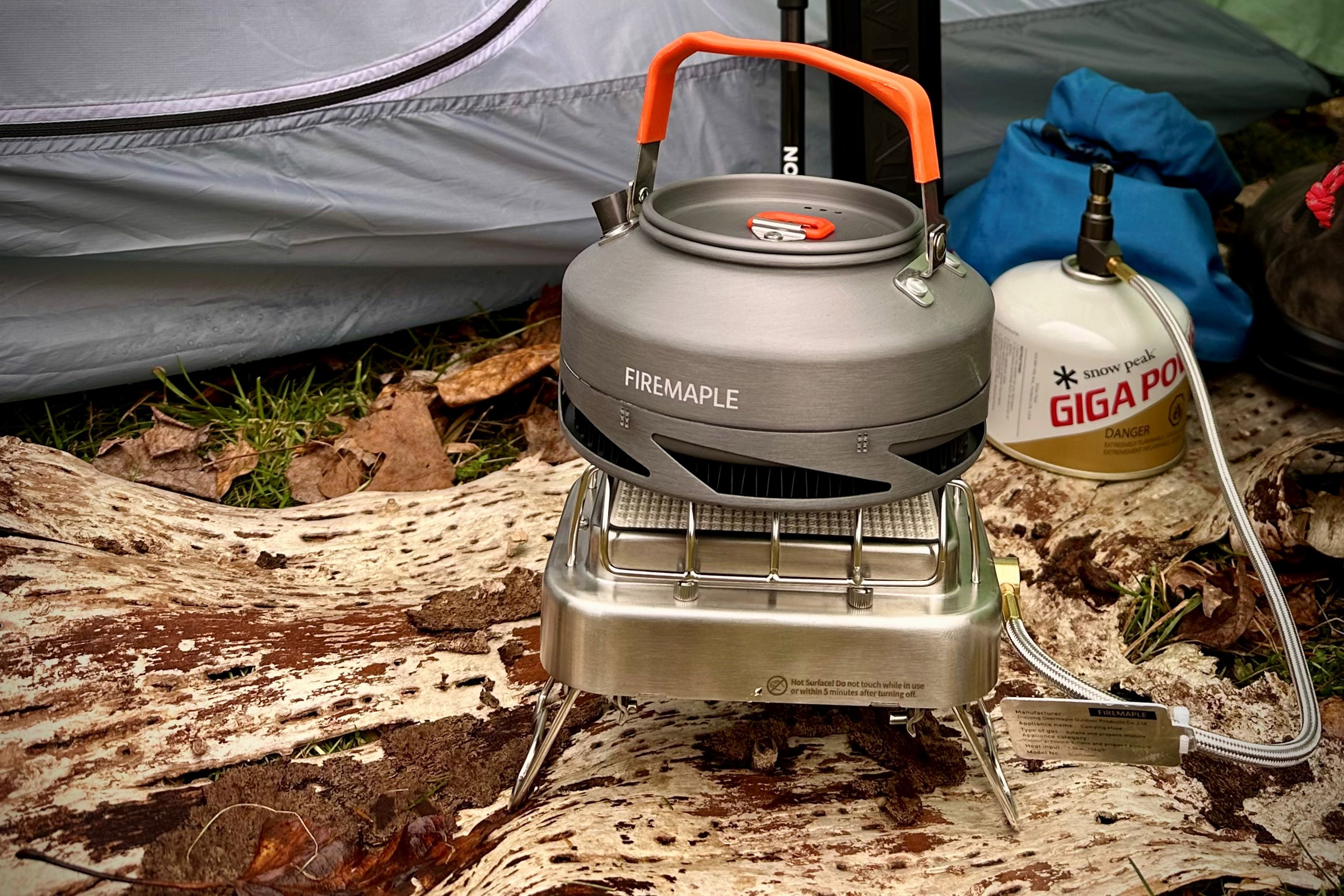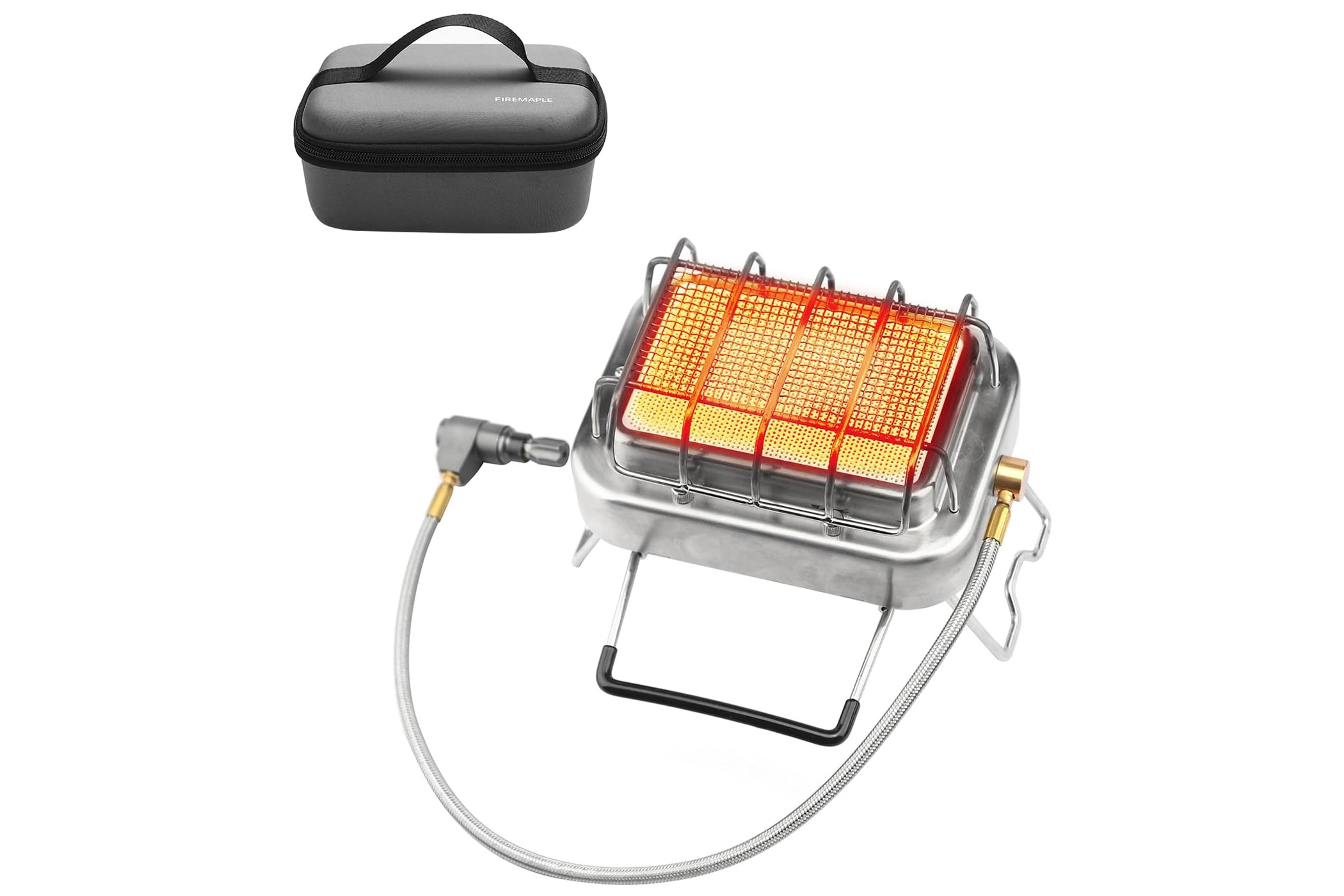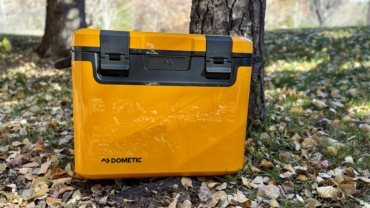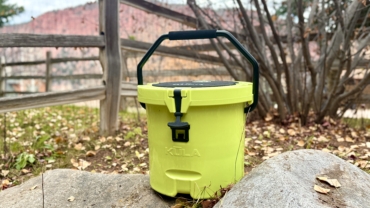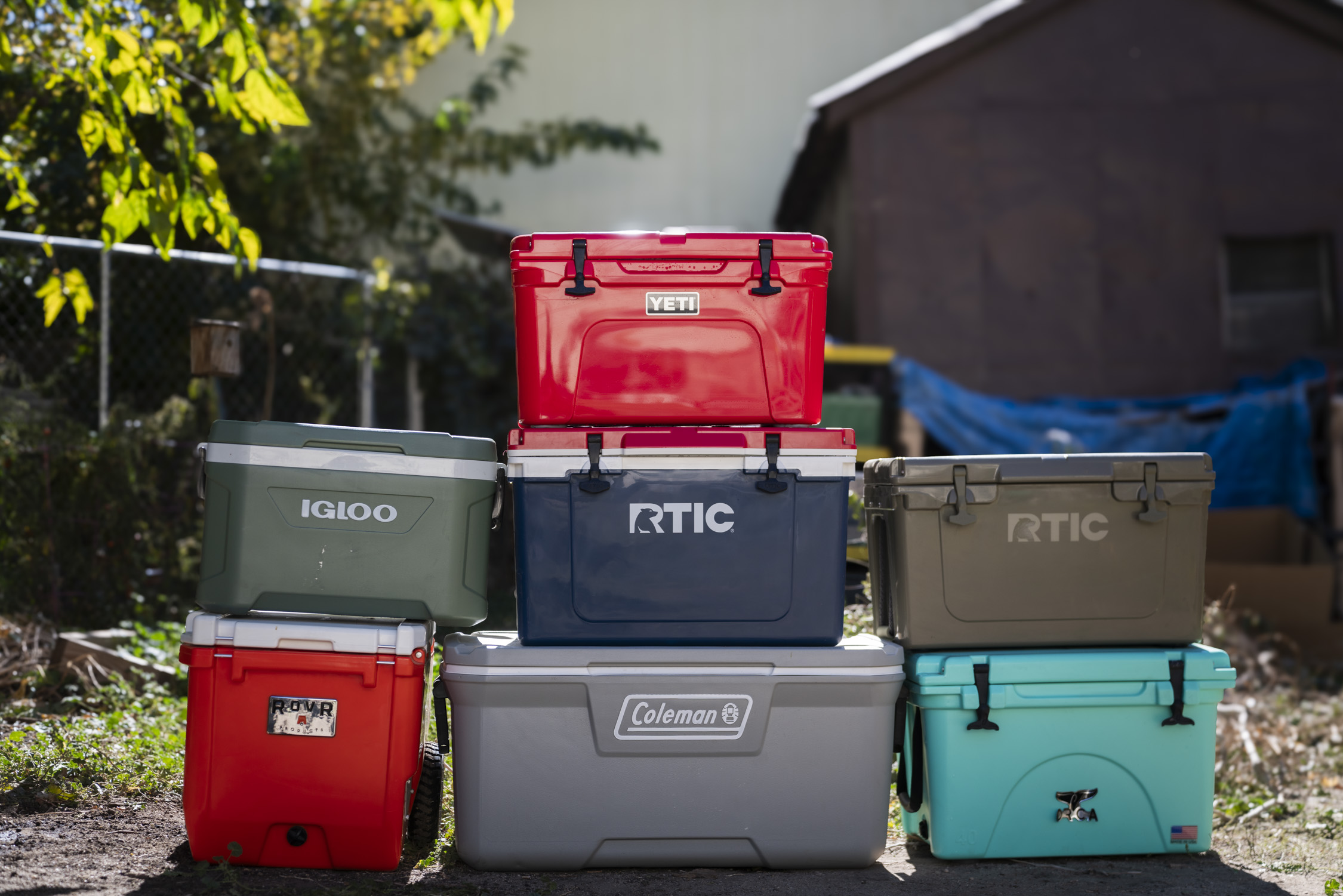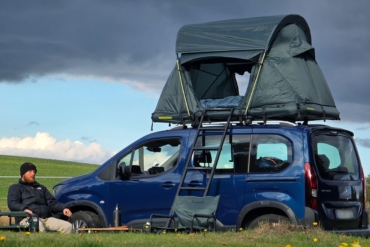If there are two things I can’t stand when I am out hiking or camping in the winter, it’s being cold and being hungry. If I am moving, it’s generally not an issue. But once I stop, everything catches up to me all at once. And that’s when I’m no fun to be around. I’ll stomp around the campsite like a grump trying to either get a fire started or my stove lit.
If this is just a pit stop on the trail during a long day hike, it doesn’t make sense to make a fire. In most places, you’re not allowed to unless you’re at a shelter or campsite, anyway. In either situation, even if you are allowed to make fire, wind can make it challenging to get one started.
At the end of last summer, I was already thinking ahead to colder weather and how I would eliminate this utter nonsense. I wasn’t going to hole up in my house and miss some great adventures during Stick Season. In researching remedies, I came across the Sunflower Gas Camping Stove from Fire Maple Gear. It uses infrared heat instead of actual flames and fire to cook your food and warm you up.
That eliminates wind as an issue — which eliminates me being a grump. And that could conceivably save the entire outdoor adventure.
So, I ordered one of these IR stoves up and have been using it since mid-October when the nights started to get crisp around here. I found that the Sunflower does a stellar job at cooking food in adverse conditions and keeping you warm. But there are a couple of quirks that accompany the convenience.
In short: Sunflower is a compact, infrared camping stove that doubles as a portable heater. Compared to the myriad canister stoves on the market today, this one uses infrared heat instead of an open flame to cook your food and warm you up. It’s wind-resistant and cranks out the BTUs. It is heavier than most backpacking stoves and can be awkward to travel with. But for general car camping purposes, this IR stove is useful and efficient.
If you’re shopping for camping or backpacking stoves, check out GearJunkie’s guides to the Best Camping Stoves and Best Backpacking Stoves for comparison.
- Materials: Stainless steel, aluminum, copper, ceramic heating element.
- Carry size: 6.5” x 4.5” x 3.2”
- Weight: 2 lbs., 1 oz. (without gas canister)
- Fuel type: Isobutane/propane mix
- Price: $108
Pros
- Infrared heating source
- Minimal cool-off time
- Large cooking surface for bigger pots and pans
Cons
- The top grate is loose and can fall off in travel
- Double the weight of a standing backpacking stove
Fire Maple Sunflower Stove Review
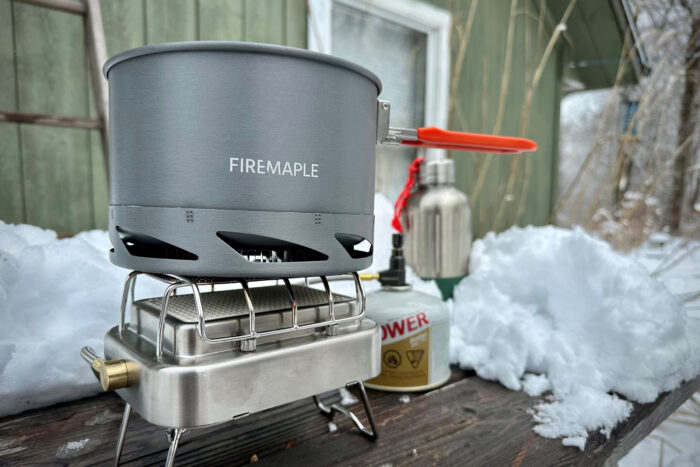
Fuel
When it comes to portable isobutane/propane fuel canisters, three major players can be found in nearly any camping store: MSR IsoPro (227 g), Snow Peak GigaPower Gold Fuel (220 g), and Jetboil Jetpower (230 g). I’ve used all three for as long as I can remember. Some might be slightly more fuel-efficient in cold weather than others, but generally, they perform pretty similarly when the temp drops.
Any of these branded canisters will work with the Fire Maple Sunflower Stove.
I had my 7-year-old daughter grab whatever canister she wanted for me off the shelf. She chose the Snow Peak fuel because she loves snowflakes. Who doesn’t?
But even if you’re very conservative with a stove’s gas consumption, I would recommend you go big or stay home. Get the 230g Jetboil Jetpower canister. It’s more bang for your buck. Ten grams of gas can equate to one or two more meals.
I will add that I have never had any issues in cold weather with any of these three gasses. But Snow Peak is the only one that makes any operating temperature claims. The brand states that its blend will work down to 15 degrees Fahrenheit.
First Impressions
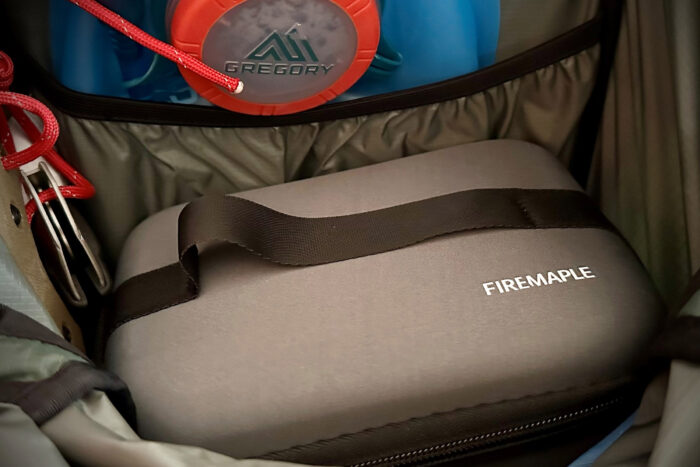
I’m not an ultralight packer or someone overly concerned with the weight of what goes in their pack. But it’s hard to ignore that the Sunflower is significantly heavier than almost any backpacking stove and many car camping stoves. Compared to most of the options on GearJunkie’s Best Backpacking Stoves, this one is heavier than all except the battery and fan-powered BioLite Campstove 2+.
That said, in comparison to the MSR Dragonfly that I’ve been using since I was 16 or the JetBoil MiniMo that I fell in love with last spring, the Sunflower is a different animal altogether.

Infrared technology is a little more complex than a flame-based stove. It requires a ceramic element, in place of a burner. That element physically equates to a weighted block that takes up space.
Both types of stoves regulate gas similarly. But in the case of the Sunflower, the infrared element gets warmed up instead of a heated coil or other heating element. There is absolutely no open flame here. In fact, in the first few minutes of the Sunflower warming up, you won’t even see that it’s on. This changes quickly, as the top screen turns bright red when it reaches a certain temperature threshold.
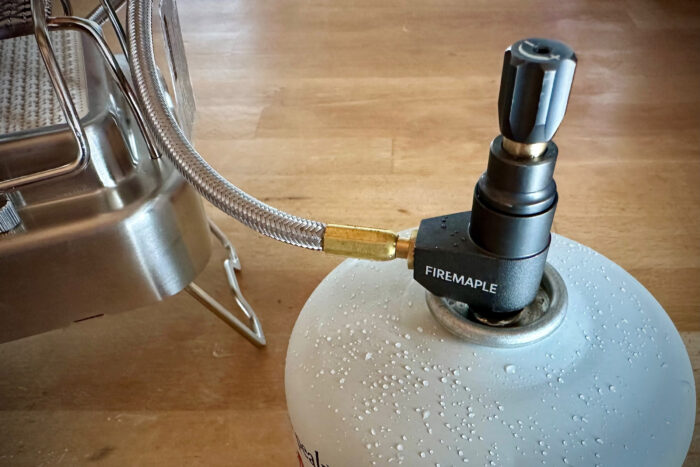
Overall, it’s a well-thought-out unit. It comes in a carry case, but the Sunflower also has a carry handle on the unit. This feature makes it easy to adjust and level the stove on whatever surface you’re using it on. It also allows you to angle the burner toward you when you’re using the stove as a heater.
Additionally, two foldable legs on the Sunflower lift it 2.5 inches. This ensures that the stove can operate with proper ventilation and keeps the surface below it from getting burned.
That said, being that the Sunflower uses gas to power it, you’re still going to want to make sure you’re using it outside or in a well-ventilated area — like a lean-to shelter. You never want to use it in your tent.
The Controlled Science Experiment
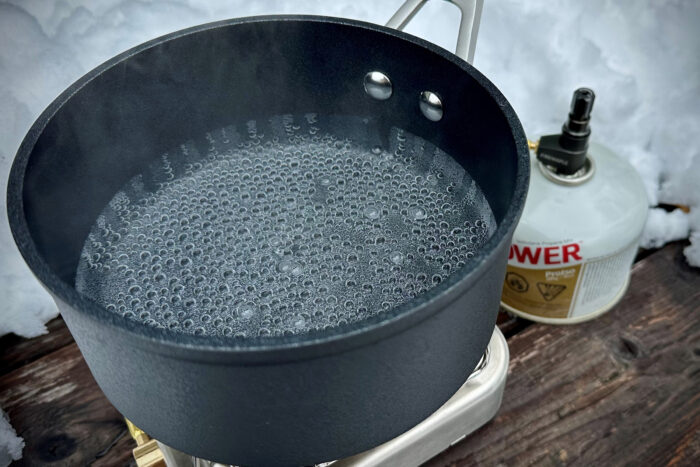
Fire Maple Gear claims that the Sunflower can boil half a liter of water in 3.5 minutes. Without having any idea of when and where they tested this theory, I figured I owed it to all of you to test it out myself:
- I picked a random afternoon in February, where it was 31 degrees Fahrenheit outside, with no wind, to see how long it would take to boil 0.5 L (16.9 ounces) of water.
- I used a standard, non-stick 1.5L pot from my kitchen and Fire Maple’s own Feast K2 1.5L pot with Heat-exchanger.
- In both cases, the water, which was straight from my tap, was 61.9 degrees Fahrenheit.
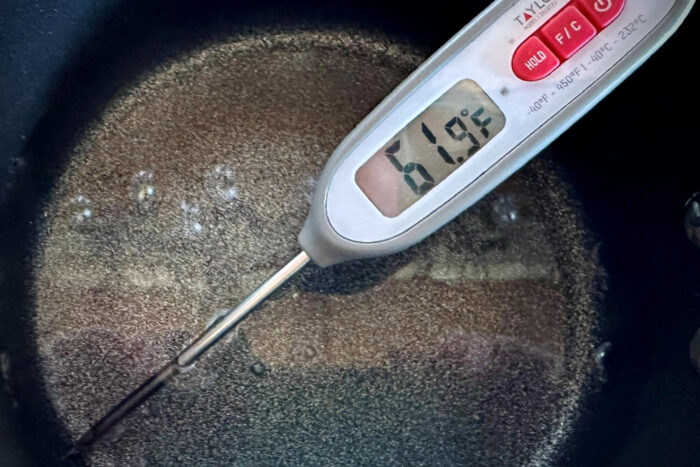
In the end, it took 6 minutes and 48 seconds to boil the water in Fire Maple’s specialized pot, and 10 minutes and 58 seconds to boil it in my kitchen pot. These numbers don’t exactly line up with Fire Maple’s claims. But they don’t disprove them, either. If anything, my results dial in what your expectations should be in the middle of winter in the outdoors.
Hindsight being what it is, I probably could have knocked a minute or two off that time if I used a lid. I wanted to perform this test with the fewest variables possible.
Fire Maple Sunflower Stove: In the Field
As October turned to November and so on, the Sunflower quickly became a necessity, not only for cooking but also for keeping warm outside. This thing throws some serious heat. That’s where this little power plant really shines as a personal heater. You feel the heat immediately. But it still takes a couple of minutes to see it on the grate as it turns red.

Important to note — the ceramic element doesn’t change color at all. You’ll feel the heat and hear the gas hissing away when you’re close to it, but there’s no visual indicator. That stated, you should never use the Sunflower without the top grate anyway.
This is especially important when you’re using it as a stove, as you run the chance of ruining that element if you put anything directly on it.
The top grate can be finicky and pop off easily. It’ll stay put once the stove is situated on level ground, but there’s no tension holding it in place otherwise. Also, due to its proximity to the heating element, it is difficult to install once the Sunflower has been lit. So, make sure everything is in place before you light it with your lighter or match.
Because of the ceramic heating element, this stove does take some time to cool off, and the timing is weather-dependent. I’ve found that 5 minutes is a sure bet that the Sunflower will be cool and can be put back into its storage case.
For peace of mind, I’m basing that statement on the temps being at or below freezing, but no colder than 20 degrees Fahrenheit.
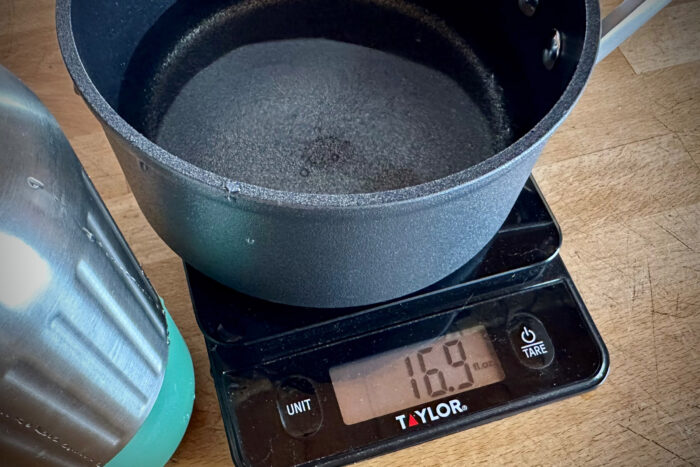
Fire Maple Gear claims that the Sunflower only consumes 2.6 g of gas when it gets water to boil at 3.5 minutes. In weighing the canister after both of my water boiling experiments, it’s more accurate to assume — in outdoor weather conditions — that it can take 6-9 g of gas to boil water. That equals out to 36-24 boils from a standard ~220g isobutane/propane fuel canister.
Being conservative, you can assume that a single 220g canister of Snow Peak GigaPower Gold Fuel will get you around 30 bags of Mountain House Beef Stroganoff or any other dehydrated meal. Cut that in half if you plan on using the Sunflower in heater mode half a dozen or so times.
State and National Parks
Both state and national parks have different rules about open flames when you’re in them. Though I’ve never had an issue using an open-flame stove in either setting, my exposure is far from nationwide.
This means I can’t speak for the rules and regulations of each park out there. Nor can I attest to the mood the park ranger will be in when you encounter them.
That said, the Sunflower doesn’t have an open flame. This fact would lead me to believe that there should be less of an issue in using it at a State or National Park. But it’s a good practice to contact the folks at the park you intend on visiting to make sure.
Fire Maple Sunflower Stove: In Conclusion
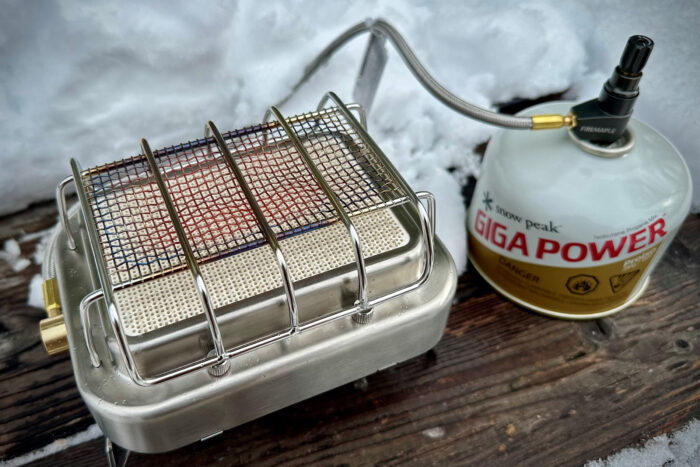
I enter the cold-weather camping and hiking months knowing I am going to have to carry a little more weight to stay comfortable. That said, the 2-pound Fire Maple Gear Sunflower Stove doesn’t really bother me. Neither do the numbers I found when I conducted my own water boiling test. No, they’re not Jetboil numbers. But you also can’t use a Jetboil stove as an efficient personal heater.
The Sunflower is safe and stable, and I see no reason why it can’t be used in all conditions and all seasons. By eliminating an open flame, you eliminate the need to worry about windy conditions. You also may be eliminating the need to worry about using it in State or National Parks and at public campgrounds. (But you really should check ahead just in case.)
It would be nice to see the top cooking grate lock into the stove a little bit better. It also might be nice to have a built-in igniter. But these are “nice to have” things, not “need to haves.” Those minor inconveniences didn’t detract from the Maplefire Sunflower Stove’s efficiency this winter.
All said, do the key features that make the Sunflower stand out make it the stove I would take with me in the warmer months? I think if my kids came with me and I either boiled more water or cooked bigger meals, yes. It could also be a viable alternative to a Coleman-style camping stove that you would take car camping. But I won’t need it for solo camping or to stay warm.
The Sunflower Stove is another option in the world of backpacking, camping, hiking, and even just staying warm when you need to be. And it’s a viable one at that.
